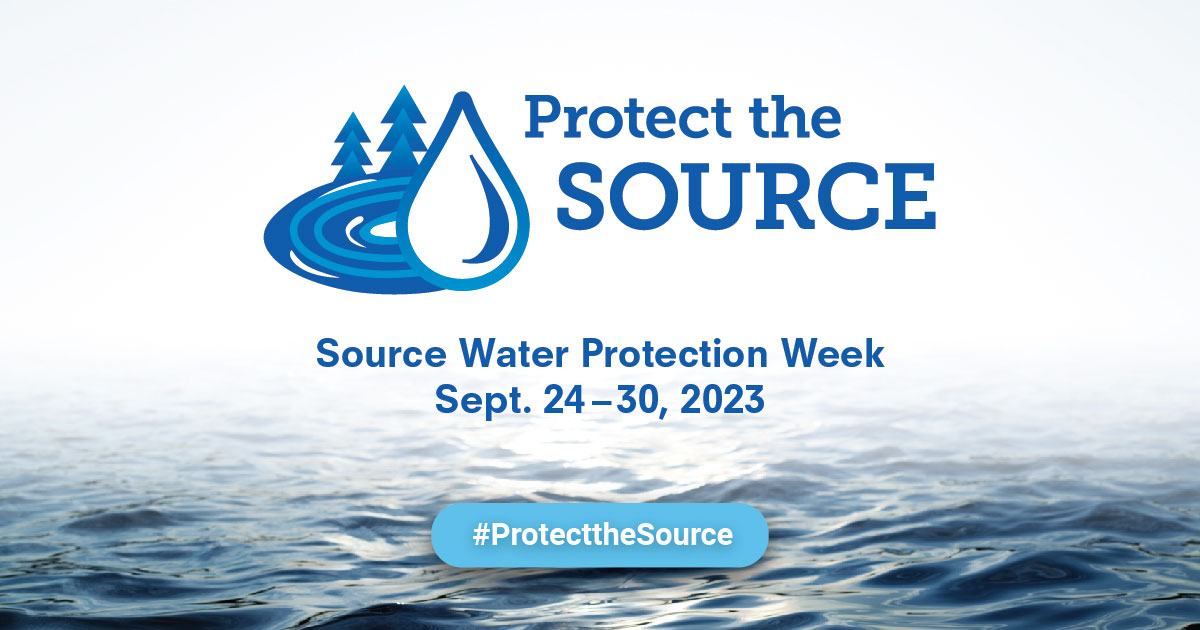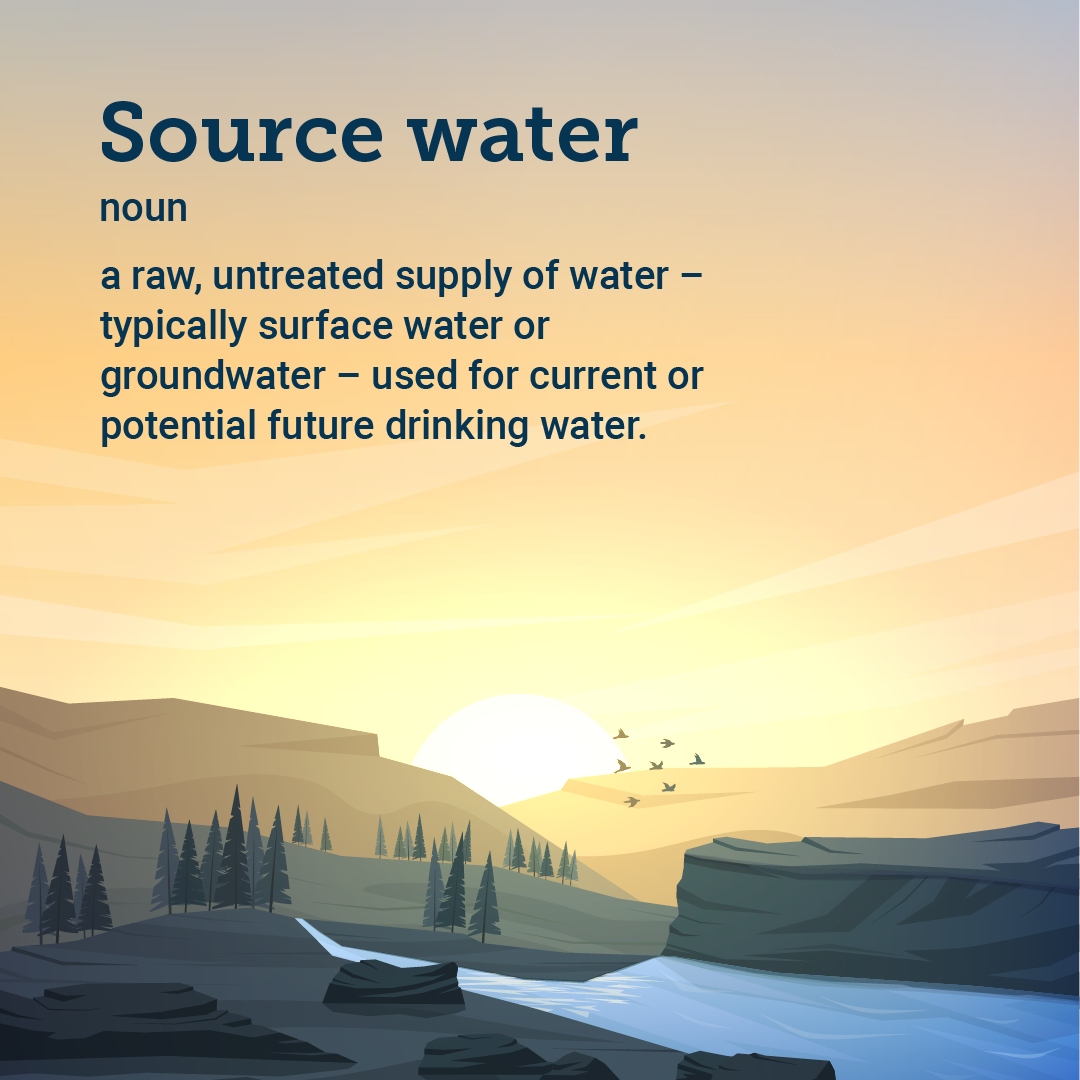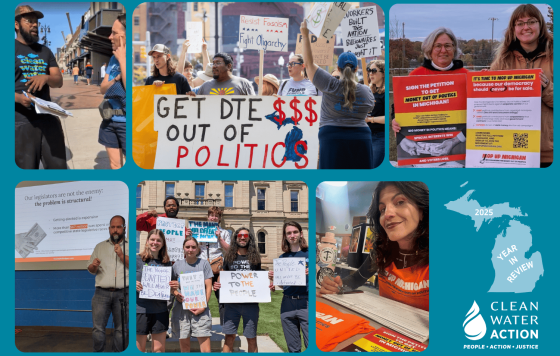
In 2014, I spoke and wrote about drinking water source protection in the context of the 40th anniversary of the first passage of the Safe Drinking Water Act. During this Source Water Protection Week, the case I made then for ramping up protection efforts seems even more clear.
Keeping pollution and contaminants that impact drinking water is a critical part of our work. All too often, drinking water treatment plants solve problems that should have been handled upstream. Pushing for stronger Clean Water Act programs to keep contaminants out of drinking water has guided our work on PFAS chemicals, on water discharges from coal-fired power plants, and on protecting all of our nation’s water - including streams and wetlands.
Glaring examples of why this is important are the notorious PFAS “forever” chemicals. We now know that these thousands of chemicals are in everything and found everywhere, including in drinking water sources. Pending Safe Drinking Water Act regulations will require many drinking water systems to install expensive treatment to make sure public health is protected from the numerous health effects of these chemicals even at low levels. Our nation’s toxics and water pollution programs, including the Toxic Substances Control Act and the Clean Water Act, did not identify and address the potential harm from wide use of PFAS chemicals and now we are left to clean up the mess at the local level in our drinking water systems.
We are also proud of our work co-chairing the Source Water Collaborative - 30 organizations working together to elevate the need to protect drinking water and to push for protection at the local, state and federal levels. To mark Source Water Protection Week, the Collaborative launched new updates to its online interactive infographic that walks users through how to engage in Clean Water Act programs to better protect drinking water sources.
What is Source Water?

Drinking water sources can include surface water (rivers, lakes) and underground sources. Protecting our drinking water basically means keeping pollution out. This goes far beyond keeping litter out or waterways, though that is important too. Source Water Protection can include making sure that industries limit contaminants in wastewater that they discharge into water bodies. It can include protecting forested lands, because forest health is one of the most important contributors to drinking water source quality.
The Safe Drinking Water Act is about what comes out of the tap for those of us served by regulated Public Water Systems. That’s over 90% of us. When we think about drinking water, it’s understandable that we generally think about the final product that is treated and distributed by our nation’s water systems. But what goes in (the source) is equally important to the water quality at the tap. And what goes in can affect your water bill. The more drinking water systems have to remove contaminants from the source water, the higher the treatment and operations costs and the higher our water bills.
Putting Drinking Water First
You might think that the Safe Drinking Water Act includes programs to keep contaminants out of drinking water sources, but that is not the case. Therefore, protecting drinking water sources means elevating the importance of decisions made about just about every aspect of our daily activities at the local, state, and federal levels. It means intervening where possible to urge decision-makers to “Put Drinking Water First,” as we like to say. We should make drinking water impacts a primary consideration to protect public health and save water systems and their drinkers/users money. But there are other benefits as well. A decision made that limits pollution into a drinking water source will often reduce air pollution, result in fewer toxic exposures, or improve a community’s quality of life and economic well being.
Marking Source Water Protection Week and looking ahead to the 50th anniversary of the Safe Drinking Water Act is a perfect time to redouble our efforts to use every tool we have to protect our drinking water.


